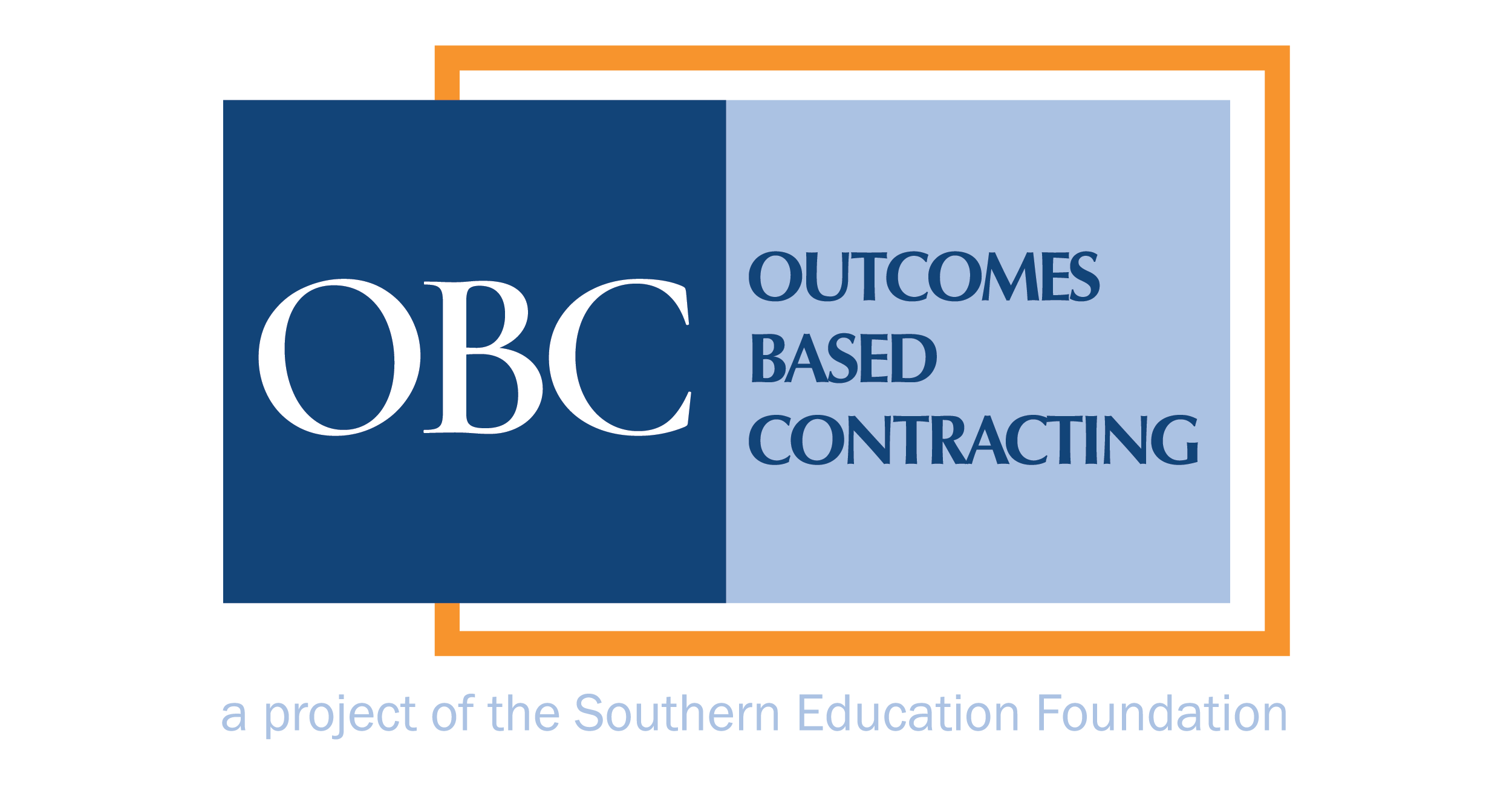The San Antonio ISD Is One of a Group of School Systems Setting Up Performance Metrics in Tutoring and Other Areas
Jan. 13, 2023. David Saleh Rauf, Contributing Writer, EdWeek Market Brief
The San Antonio Independent School District, a system of nearly 50,000 students, is embarking on a plan to begin implementing performance-based contracting for some of its procurements.
Several other districts around the country are currently experimenting with the procurement model, albeit mostly for tutoring services at the moment.
The move toward contracts that pay education companies based on student growth and performance, instead of just for services rendered, has potentially major implications for vendors in the K-12marketplace.
Researchers from the Southern Education Foundation, an Atlanta-based nonprofit,
have been leading a project to get districts to try outcomes-based contracting. The effort comes at a time when school systems are spending big money on tutoring as they try to help students make up academic ground lost during the shuffle between remote and hybrid learning over the course of the pandemic.
A cohort of five districts — Boston; Duval County, Fla.; Ector County, Texas; Denver; and Fulton County, Ga. — were part of a national pilot program last year that focused solely on contracts involving high-impact math tutoring.
Researchers say two districts from last year’s pilot, Denver and Ector County, are now looking to expand the performance-based procurement model beyond tutoring to cover other ed-tech purchases. And starting this month, a second cohort of new districts is joining the program led by the foundation, including the Albuquerque Public Schools; Jackson Public Schools (Miss.); Richmond Public Schools (Va.); Santa Ana (Calif.)
Unified School District; Colorado Springs School District 11; and Uplift Schools, a network of free charter schools in the Dallas-Fort Worth area.
Districts are provided with an RFP template, and given access to an assessment expert to provide guidance on how to identify reasonable outcomes for contracts, along with other ongoing support.
Researchers have also designed materials— from a “playbook” to a rate card for pricing — that districts can use to launch their own outcomes-based contracting efforts without needing to join one of the program’s cohorts. The San Antonio ISD sent a group of administrators to attend a two-day, in-person workshop hosted by the Southern Education Foundation in October, and came away motivated to pursue outcomes-based contracting, although not as part of a cohort in the program.
The San Antonio district wants to see whether this can be “a catalyst for further improvement on our already positive trajectory for student achievement,” said Patti Salzmann, the deputy superintendent at SAISD.
“We understand that quality services cost money, and we want to provide that money,” Salzmann said. “But we want to provide it under conditions where the companies that we’re entering partnerships with are invested in the outcomes of our students.”
EdWeek Market Brief spoke to Salzmann about the district’s interest in outcomes-based contracting, what it hopes to achieve, and how it expects vendors to react to the new concept.
Why did the San Antonio ISD decide to be part of the outcomes-based contracting pilot?
There were a couple of things that sort of all came together. We were seeing in our district that we have been spending quite a bit of money on resources and services and that we have very uneven outcomes. In some cases we’re not satisfied with the outcome. The way we’ve always approached it in public education is, “Well, the outcomes are the outcomes and they’re fully the responsibility of the district.” The only responsibility of the partner is to provide the service. We were already in this space of dissatisfaction.
How did it progress from there?
Our superintendent, Dr. Aquino, is new. He was hired in May of 2022, and one of the things that he and the board have been working on throughout the summer is reorienting our focus so that we are working on outcomes. He introduced this idea of outcomes-based contracting, and he connected us with the resource to get more information about it and how we could potentially participate in the pilot. We sent a small team to learn more, and then we made the decision to move forward.
What’s the district’s overall goal?
This is a way to have both parties equally invested in the outcome. It doesn’t mean we don’t want to pay the same amount of money we were paying before, or even more. It means that we can ensure an equal investment, an equal commitment, and an equal desire to look at the research around the practices and strategies that are being used to see how we can mutually improve to be better providers for our students. That really hasn’t existed in the past, historically, when we have purchased services.
How are you hoping this will change the relationship between the district and companies that serve you?
It’s always been [in past conversations with vendors], can you get us connected consistently to the service? And that’s usually where the conversation stopped. Not, how is the service working? Who is it benefiting? Who is not benefiting? What can we adjust to support students? Those are conversations that we usually have within the district, but not really with our service providers. So what’s most appealing is this idea that we are really entering into a more collaborative partnership with these entities that have an equal investment in how students are doing.
How do you think education vendors will react to this new type of procurement model?
There’s a part of me that wonders, will vendors readily accept this new process? And the other part of me says, definitely — if they believe in their product the way that they tell us they believe in their product. Many of them will welcome this new conversation, but with the appropriate guardrails around issues like fidelity and implementation. For them, the assurances they would want would include the commitment from the district that when we purchase their service or their product that we implement it with fidelity.
Because one of the issues that districts have long struggled with, especially at scale, is fidelity to implementation. We’re gonna have to address that as we negotiate these contracts.
How are you preparing vendors for this type of change?
We are moving forward with having conversations with our partners now. Since many of our contracts and memorandums of understanding that are negotiated around this time, we don’t know that we’ll be able to implement it for next year because we’ll be developing these metrics and these outcomes that would help drive how we would negotiate the payment. So we’re beginning that work, and we’ll have those conversations with our vendors where we think it’s appropriate. But we definitely want to move on it as quickly as possible and begin trying as quickly as possible with at least one or more vendors for the upcoming 2023-2024 school year.
What if education companies see this as a way to cut the size of their contracts?
The purpose of the outcome-based contracting isn’t to financially benefit districts, so that we pay less. It really is less about the money and more about the investment in the outcome.
Is outcomes-based contracting something that the San Antonio ISD plans to use fora wide range of procurements in the future?
The one area that is mentioned most often is tutoring. But the other area that we want to explore is in the CCMR (college, career and military readiness) space. Those are partnerships where we have our students in college classes for certification or for college credit. We pay tuition. And in some of those programs, our students are not being as successful. What we would like is for our partners to participate with us in this outcomes-based contracting space, so that we can collaboratively work towards the success of our students. That may incentivize [vendors] to incorporate strategies they wouldn’t have in the past, such as increased support for students, and increased communication to students and to their school teachers and administrators.
Could outcomes-based contracting could become standard for all San Antonio ISD procurement in the future?
I don’t envision it can ever be a 100 percent of everything that we purchase, but I do believe that there are some key areas where we need a deeper level of investment from our partners in really addressing student achievement and outcomes. This is one way that we can accomplish that.
What do you think are the best student achievement metrics to measure for success in an outcomes-based RFP?
It would depend on the service. For math products or literacy products or science products, we do have applications that help us measure and monitor students ‘progress.
What about in other subjects, or other areas entirely?
I can see outcomes-based contracting really expanding, not just in academics where maybe the outcomes are a bit easier to measure, but also in areas where we have to work with experts to determine metrics that are not so easy to measure. We now have more services than ever before that fall outside of content or knowledge acquisition that can’t be easily measured. For example, we have contracts with people who provide services digitally through tele therapy. Not everything that’s really important for us to do in school systems is easily measured. That could be either the traditional academic or maybe fall in the realm of social-emotional learning and development.
What are examples of areas outside of academics where outcomes-based metrics could have value?
Social-emotional learning. We’re bringing on more applications that help us on a daily basis determine how students are doing and feeling. Right now, especially after COVID, that’s very important to us. We also have a growing number of vendors who are providing other services virtually. One of the things last year our board had challenged us to do is to say what are our outcome measures that tell us if we’re doing a good job in providing mental health support. That will be challenging, but I think it’s worthy of the investment of our time.
Do you think this concept will catch on with more districts?
What’s going to be the impetus for that to happen are the vendors who are the early adopters and who are willing to engage with districts in these outcomes-based contracts. Everyone might not be on board initially, but when we go forward and we write our RFPs, it might be one of the conditions whether vendor is willing to enter into an outcomes-based contract. And so the RFP process will automatically then default to give weight to those vendors that are willing to participate. If enough of them participate, and your company is not a participant, then you may not be considered.
Follow EdWeek Market Brief on Twitter @EdMarketBrief.


